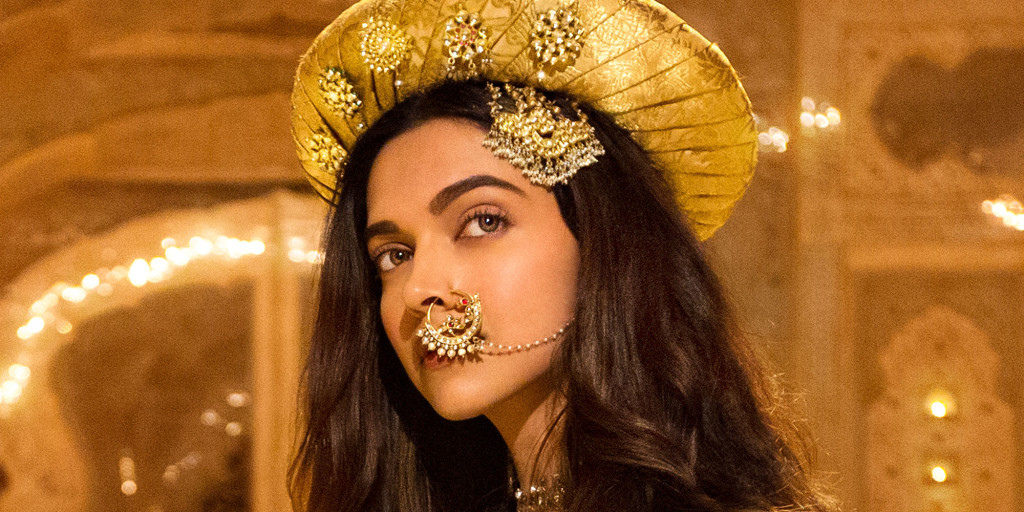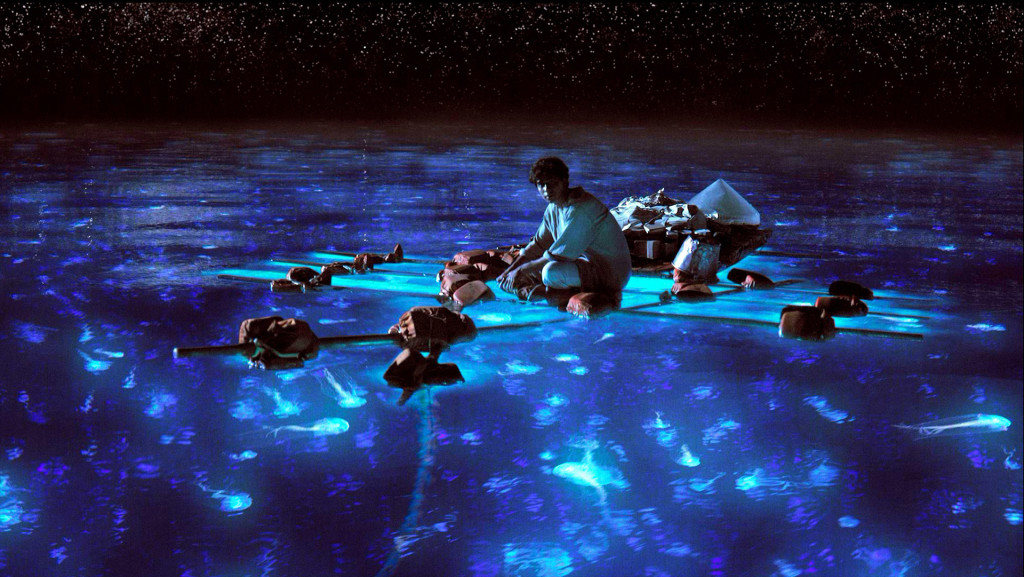Post Production
India & You
May-June 2016

‘Baahubali’ bagged the Best Special Effects award at the 63rd National Awards and promised an enterprising future for the VFX industry in India
The eminence of post production techniques exhibited in Indian films in the recent times depicts a hopeful perspective for the future. The intense graphics, visual effects and immaculate colour grading practised in the contemporary films have now reached a potential prominence inspiring filmmakers to tell their stories relying on these innovative technical expertise. However, India as one of the largest producers of films in the world is still a keen follower and a rather slow adapter of technologies in terms of the scale of post production work practised in Hollywood.
Although, filmmaking is a collective contribution, we seldom gratify the immense effort that goes behind the scene before and after production. The development of authentic VFX/GFX and colour grading studios in India over the years has added a new dimension to the art of filmmaking. Films such as ‘Baahubali’ (Best film and Best Special Effects at the 63rd National Awards), Bajirao Mastani (Best Cinematography, Best sound Design and Best Production Design at the 63rd National Awards), are iconic examples of wholesome graphical work available in India. They offer a testimony of the massive progress of the VFX industry in India in the recent times.
Significance of VFX/GFX & Colour Grading
The niceties of developing the raw image captured during the shooting, designing the final look of the film in terms of colour, mood, light and shadow is one of the perennial factors of modern filmmaking. While the Hollywood counterparts start the pre-visualization as a part of their pre-production, filmmakers in India have slowly yet steadily recognized the impact of special effects in Cinema and adapting it with poise. The scale of work or the window of opportunity in India in terms of skilled labour, budget, equipments and feasible scripts might still need a boost as compared to the film industry in LA. However, when films such as Ra One or Robot were made, they have significantly increased the bar for the post production industry in India.
Speaking about the challenges faced during the making of Bajirao Mastani, Prasad Sutar, the key VFX man behind the Bollywood epic said, “Bajirao Mastani is an 18th century period movie. The visual effects in the film demanded sophisticated and complex scenes keeping the Maratha kingdoms in mind. We spent two weeks on building the climax sequence; we made storyboard, concept art, assets building in Cg and Nuke. The biggest challenge on this climax was horses running on water surface, arrows with fire coming from sky, fire on water surface. We have shot horses running on water as a different plate and Bajirao separately. They were lots other element like CG fire, CGI water splashes, CG arrows has be incorporated in composting to make it look imaginary.”
For directors and producers, getting involved at the script stage and pre-visualising is not the norm yet. However, things are changing and Ra.One is an example. Filmmakers now have an implicit understanding of the importance of image processing and how the colour of the image adds to the entire film viewing experience. The rarely acknowledged post production technicians in India have now started receiving a fair value for their work. Indian cinema is still raw in the way it views VFX.
Ritajit Raychaudhuri a colourist famed for his works in Ludo (a fantasy-horror-thriller, by directors Nikon and Q which had its world premiere at Fantasia film festival in Montreal and was featured in the After Dark Section at JIO MAMI festival in Mumbai) says, “The Indian film industry must appreciate the technicians and recognize them as artists who enhance a film. They induce moods, add special effects and improve the entire aesthetics of cinema to say the least.” Speaking about the future he adds, “Technology is developing every day and we should certainly look forward to explore the immense potential of digital film making in the future.”
New thinking
Filmmaking has evolved over the years and there is a vast difference between the celluloid days and the present dart of digitally captured and processed cinema. There are many filmmakers who have expressed their love for celluloid and the impeccable result they used to get. In the contrary, technology has evolved and a huge army of filmmakers have resolved to digital filmmaking. The impact of the digital image after colour grading is considered much more powerful. The changing outlook has also created a window for VFX studio owners in India. New directors are adapting the change and realising the enormous possibilities that VFX opens up, especially for science fiction, adventure and mythological films.
While describing some challenging scenes, Prasad Sutar said, “There was one sequence in the film where 500 real horses were brought and our whole team was striving to keep the horses standing in line as per the shot. But, this was not possible so we reduced the number of horses to 200. Yet, making the horses stand in discipline was not happening at all. Finally, we shot the sequence with just two horses and added the rest using visual effects and CG animation”
In comparison to the films made in Hollywood, the average expenditure goes up to $200 to 250 million on VFX alone, while the entire budget of Enthiran (Robot), for instance, was around $36 million. However, the horizons have expanded and Indian filmmakers are thinking and writing scripts around VFX. The top-notch studios in Mumbai, Hyderabad and Chennai can now instil a confidence that post-production can deliver the kind of image that a particular film demands.
Challenges and relief
There is no dearth of talent in India; the challenge at present might be the scale of production if we compare the quality of post production efforts of Hollywood and Bollywood. Films such as ‘Life of a Pi’ can be used as an evidence of excellent visual effects and CGI, however, the story that follows might be heartbreaking.
In 2013, Rhythm ‘N Hues Studios which won the Oscar for Best Visual Effects for Life of Pi was declared bankrupted. Not only Rhythm N’ Hues, nearly two dozen other studios have closed in the last decade failing to compete the changing technology. The enticing tax subsidies offered by many countries, the shrinking market in India and the rapid change in technology are imposing challenges for the VFX outfits that are going out of business.
In the long run, Indian filmmakers are expected to rise above the budget constraints and concentrate on inventiveness. Organic design can always help to channelize small budgets into the right areas providing the perfect blend of creative and technological brilliance. The outlook of VFX industry is not at all gloomy in India as we see studios like Prime Focus or Reliance Mediaworks contributing significantly to international films such as New Moon, Harry Potter franchise and GI Joe. Consequently, the $2-billion Indian film industry is conducive to a huge growth of visual effects and good education and right guidance from Hollywood specialists will certainly add more purpose.











